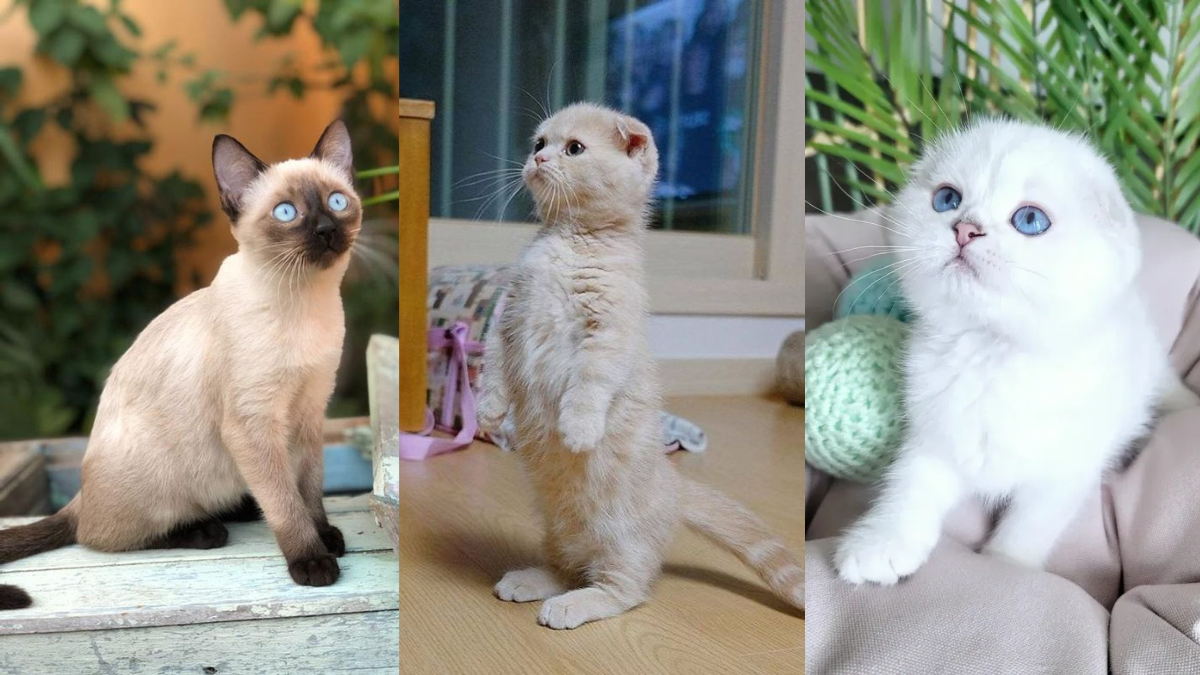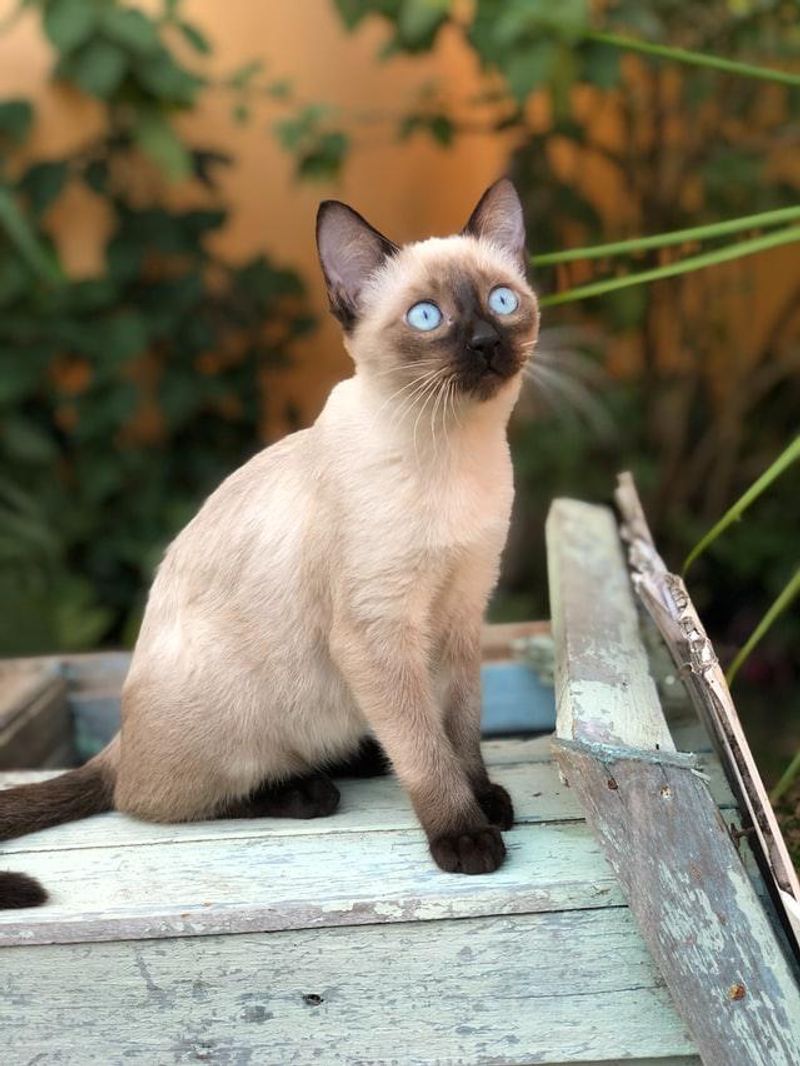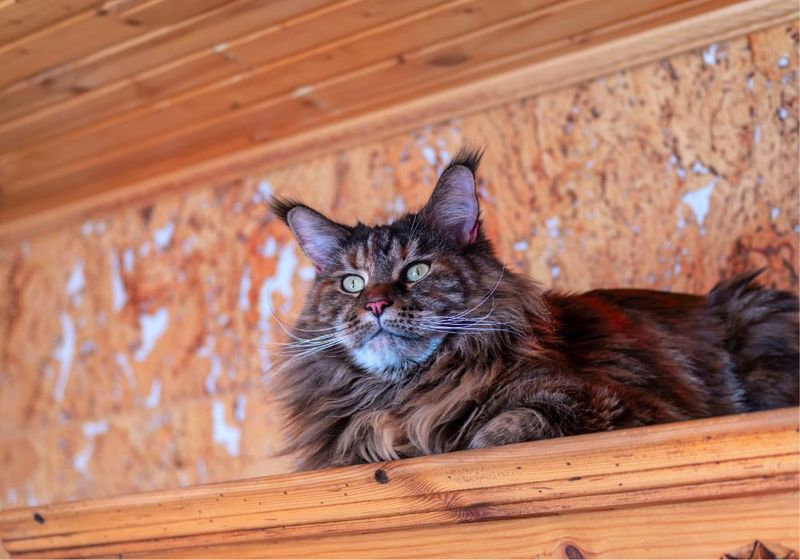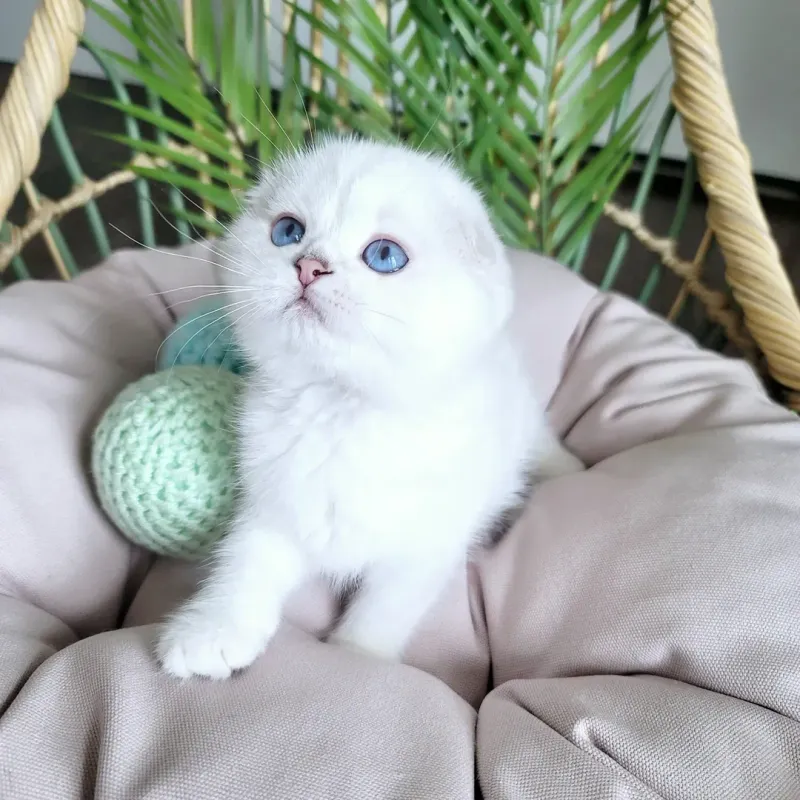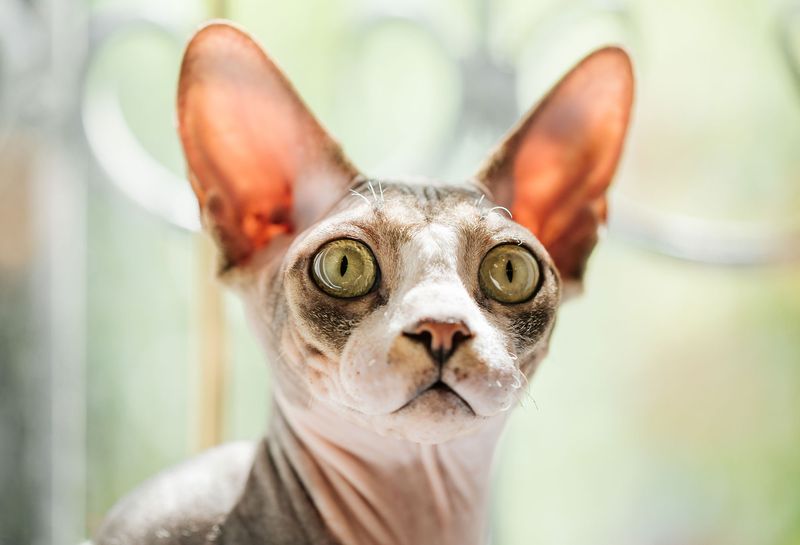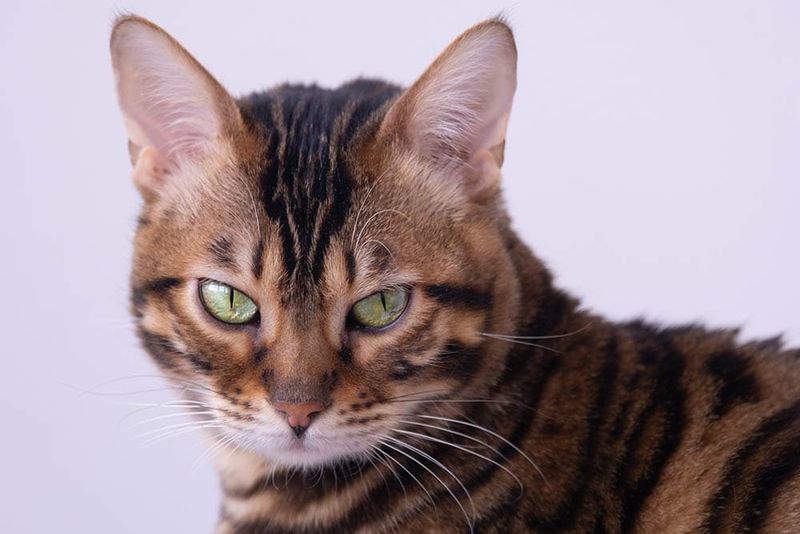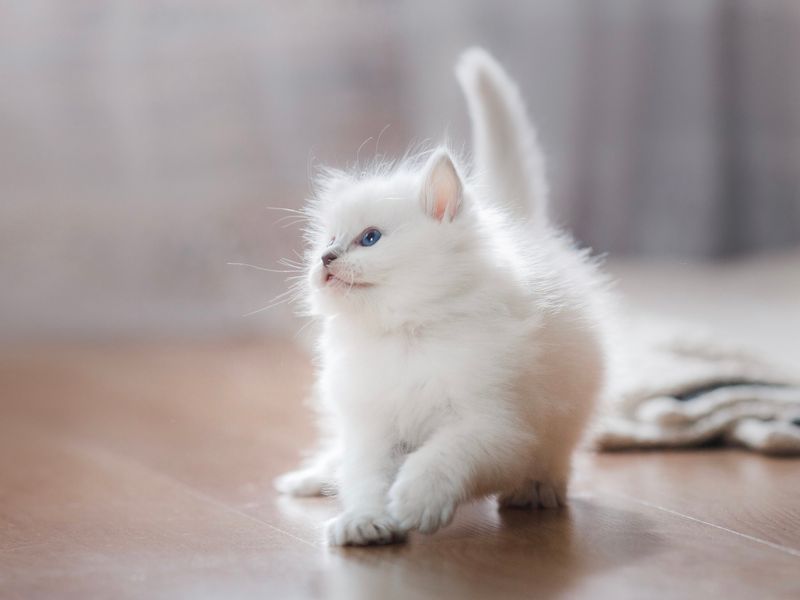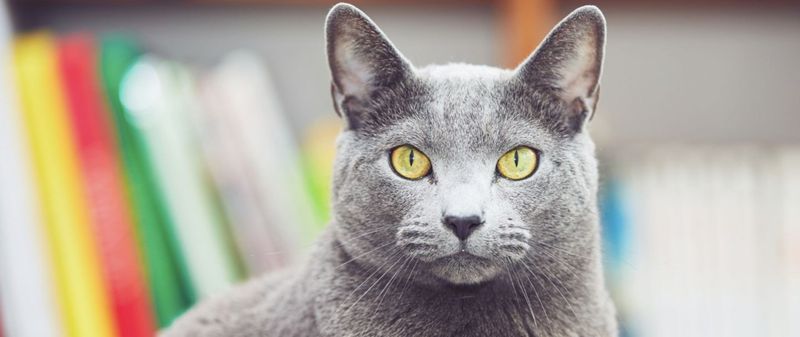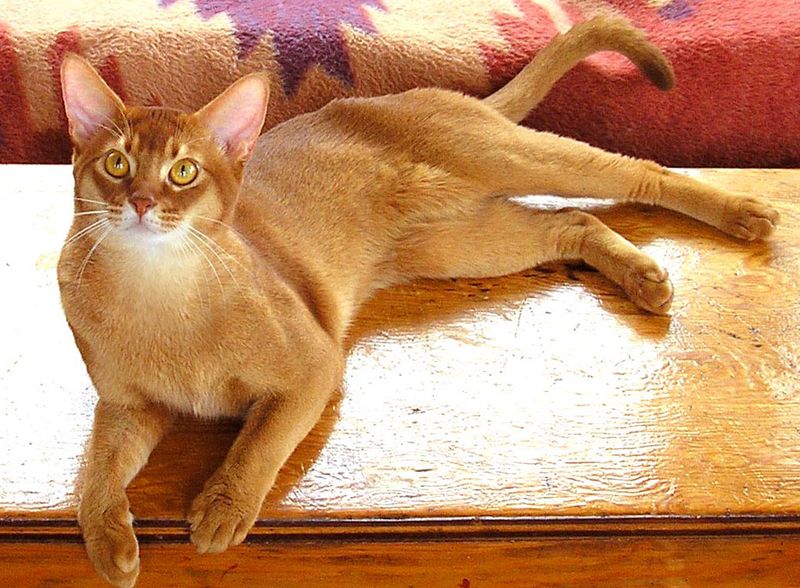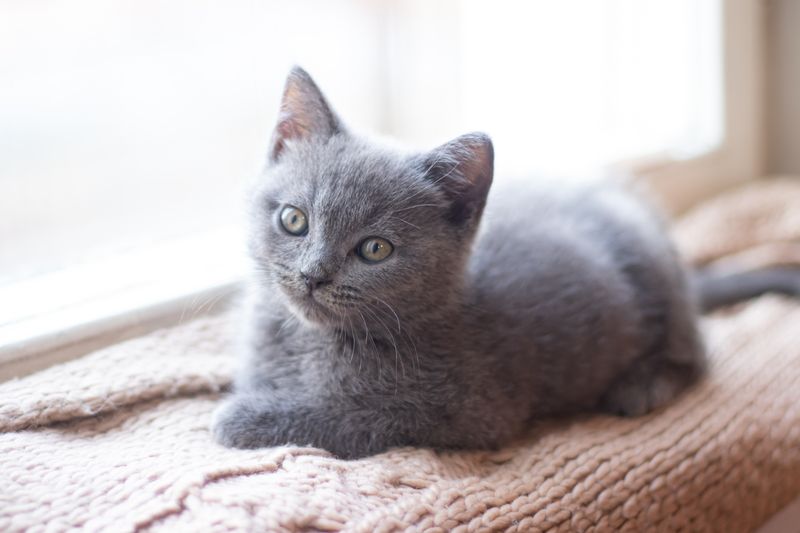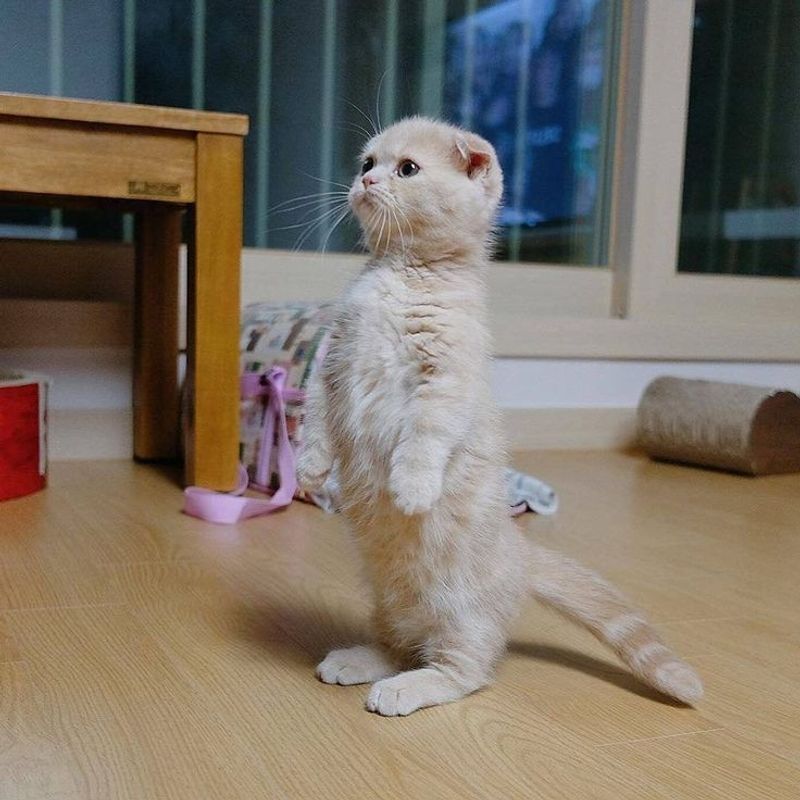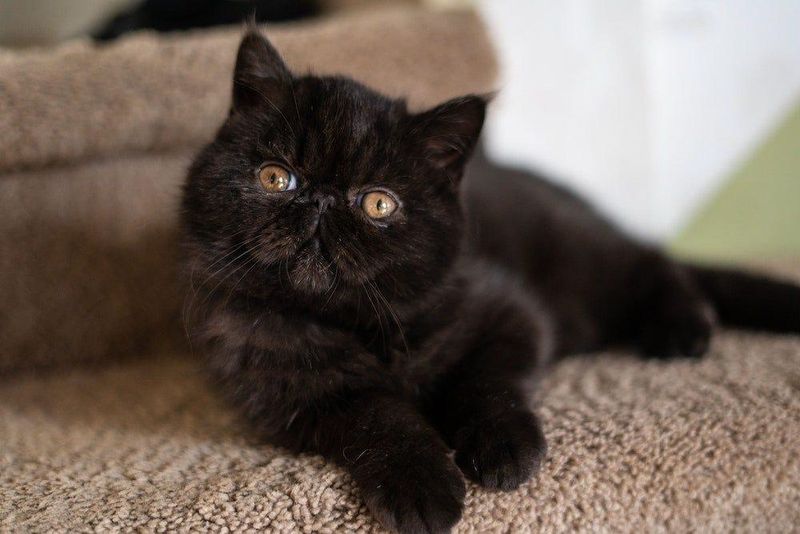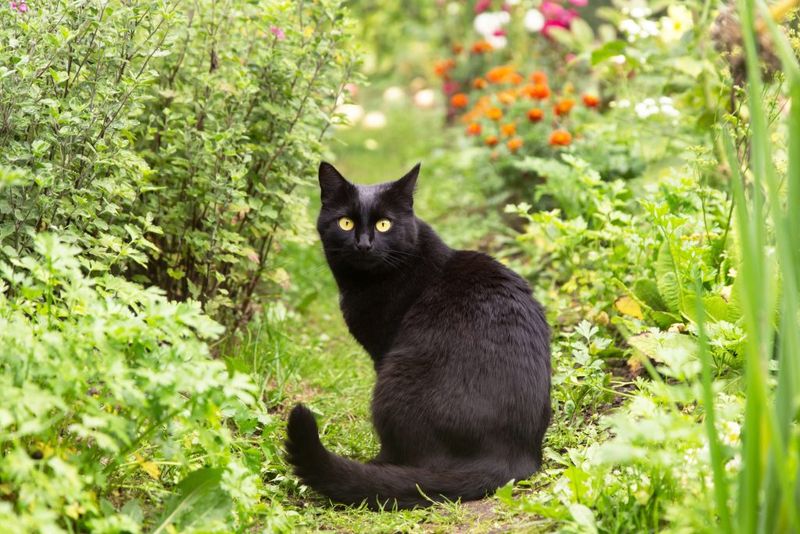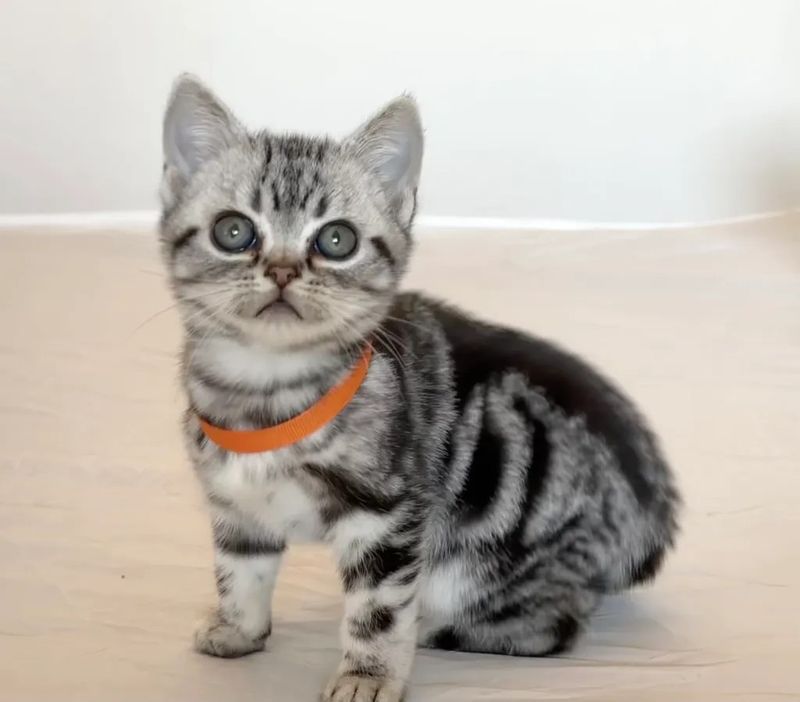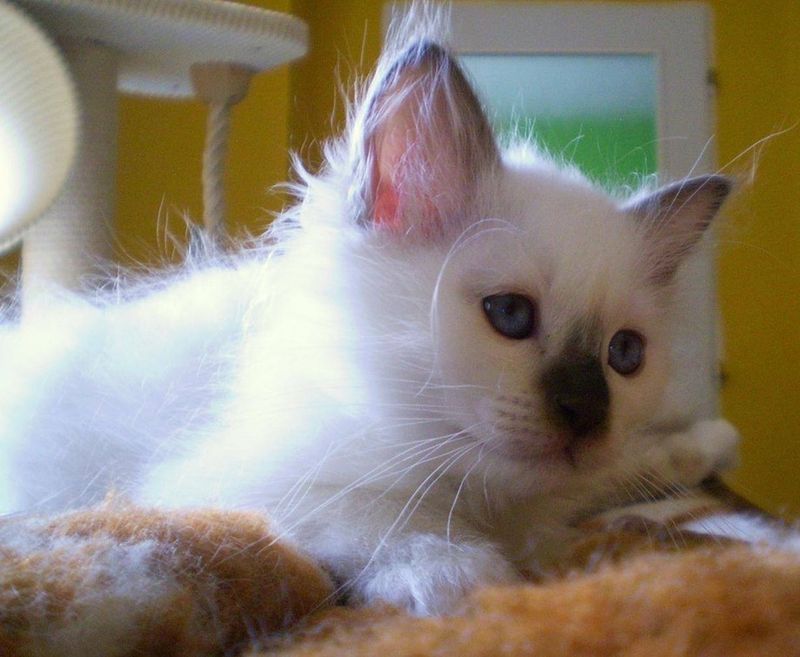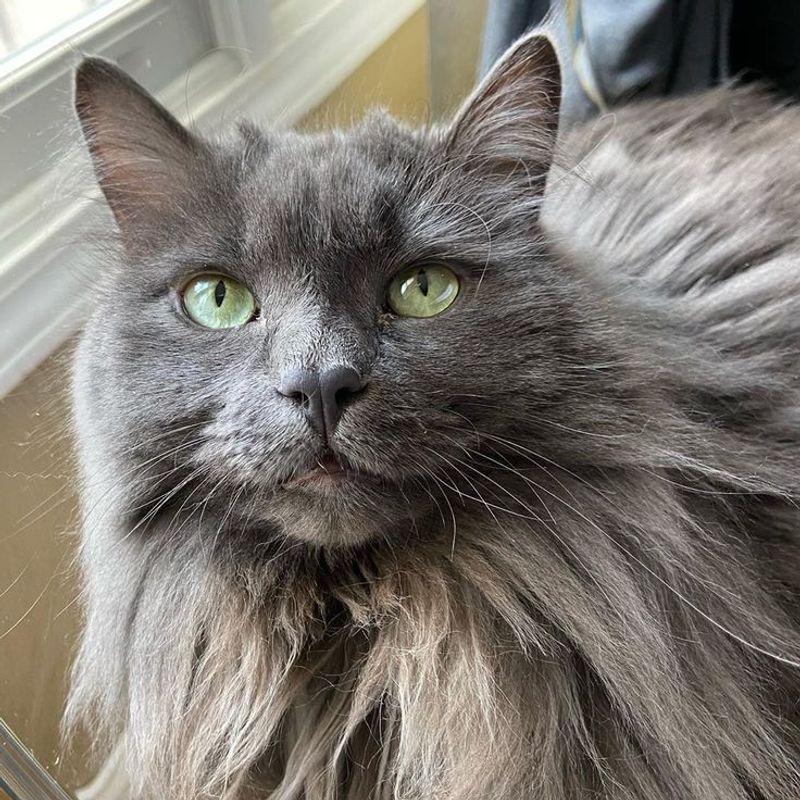📖 Table of Content:
Some cat breeds are instantly recognizable, thanks to their bold features or widespread popularity. Breeds like the Maine Coon or Siamese have become familiar favorites in homes and media alike. Their distinctive looks make them easy to identify, even from a distance.
However, not all cats are so easily placed. Certain breeds share similar traits or appear less frequently, leading to confusion even among seasoned cat lovers. These lookalike felines often go misnamed, misjudged, or entirely overlooked.
Recognizing the difference between commonly known breeds and their more mysterious counterparts can sharpen any cat enthusiast’s eye. Clear distinctions lie in subtle details—coat texture, eye shape, and body structure. With a closer look, mistaken identities quickly unravel.
1. Siamese
Sleek bodies, striking blue eyes, and color-pointed extremities make Siamese cats unmistakable. Their distinctive appearance comes from a temperature-sensitive gene that creates darker fur on cooler body parts like ears, face, paws, and tail.
Siamese cats are famously vocal, carrying on lengthy ‘conversations’ with their humans throughout the day. Their loud, raspy meows sound almost like a baby crying.
Originally from Thailand (formerly Siam), these social butterflies form intense bonds with their people. They’re intelligent enough to learn tricks, play fetch, and even walk on leashes like dogs.
2. Persian
Persian cats stand out with their luxurious long coats and distinctively flat faces. Their plush fur requires daily grooming to prevent painful mats and tangles from forming.
Unlike many active cat breeds, Persians prefer a calm lifestyle of lounging on soft surfaces and receiving gentle attention. Their sweet, placid temperament makes them ideal for quiet households.
Behind those copper or blue eyes lies a dignified personality that appreciates routine and peaceful environments. Persian cats date back to ancient times, with evidence suggesting they originated in Mesopotamia (now Iran) around 1600 BCE.
3. Maine Coon
Massive in stature and wild in appearance, Maine Coons feature ear tufts and thick coats designed for survival. Weighing up to 18 pounds, especially in males, these gentle giants are made for the cold. Their shaggy, water-resistant fur and flowing tails help them endure snowy New England weather.
Despite their wild appearance, these gentle giants are known as ‘the dogs of the cat world’ for their friendly, playful personalities. Many Maine Coons enjoy water, follow their owners around, and come when called.
A fascinating physical trait is their polydactyl tendency—many have extra toes on their already oversized paws, historically valued by sailors who believed these cats brought good luck aboard ships.
4. Scottish Fold
The endearing, owl-like look of Scottish Folds comes from their iconic folded ears, a result of a genetic mutation discovered in 1961 in a barn cat called Susie.
Their round faces, combined with those distinctive ears, create an eternally kitten-like expression that many find irresistible. Scottish Folds have plush, dense coats that come in virtually every color and pattern.
These medium-sized felines bring a balanced personality to homes—not too demanding, not too aloof. They enjoy interactive play but also appreciate quiet companionship, making them adaptable to various household dynamics.
5. Sphynx
Sphynx cats make an unforgettable impression with their nearly hairless bodies covered in soft peach fuzz. Their wrinkled skin displays colors and patterns as if painted directly on their bodies—from solid colors to tabby markings.
Contrary to popular belief, they’re not completely maintenance-free. Their lack of fur means skin oils aren’t absorbed, requiring regular bathing to prevent oiliness.
These cats run surprisingly warm to the touch and actively seek heat sources. Sphynx cats compensate for their lack of physical insulation with larger-than-life personalities—they’re extraordinarily affectionate, mischievous, and often described as part monkey, part dog, part child, and part cat.
6. Bengal
The glittering, wild-style coats of Bengals feature unique spotted or marbled patterns that shine in the light—a legacy of their Asian leopard cat ancestry, even if they are now many generations removed from the wild.
Athletic and muscular, these cats possess boundless energy and exceptional climbing abilities. Many Bengals enjoy water and can often be found playing in sinks or joining their humans in the shower.
Their high intelligence demands mental stimulation through puzzle toys, training, or interactive play. Without proper enrichment, Bengals may develop problematic behaviors as they seek ways to entertain themselves.
7. Ragdoll
Ragdolls earned their name from their tendency to go limp like a ragdoll when picked up. Their large bodies, striking blue eyes, and color-point patterns make them easy to recognize once you’ve met one.
These gentle giants weigh between 10-20 pounds when fully grown, with males significantly larger than females. Their semi-long fur feels silky to the touch and, surprisingly, requires less maintenance than other longhaired breeds.
Ragdolls typically greet their owners at the door and follow them from room to room like devoted companions. Their docile nature makes them excellent pets for families with children or other pets, as they rarely extend their claws during play.
8. Russian Blue
The lush blue-gray double coats of Russian Blues create a velvet-like effect, standing away from their bodies. Their striking emerald green eyes pop against silvery fur that gleams as they move.
These medium-sized cats maintain an elegant, balanced appearance with their fine-boned yet muscular bodies. Russian Blues move with grace and precision, often seeming to float rather than walk.
Reserved with strangers but deeply devoted to their families, these cats form strong bonds with their chosen people. Their quiet, gentle demeanor makes them perfect for apartments, though they do enjoy interactive play sessions that challenge their intelligence.
9. Abyssinian
Abyssinians display distinctive ticked coats where each hair has bands of color, creating a warm, glowing appearance reminiscent of wild cougars. Their most common color is ruddy (reddish-brown), though they also come in blue, fawn, and silver varieties.
These cats possess lithe, athletic bodies and large, expressive ears that are always alert to the smallest sounds. Their almond-shaped eyes range from gold to green, adding to their exotic appearance.
Abyssinians rank among the most active domestic cats, requiring plenty of vertical space and interactive toys. They’re not typically lap cats but show affection by staying near their humans, participating in daily activities with curious intelligence.
10. British Shorthair
Recognizable by their round heads, plush dense fur, and stocky frame, British Shorthairs are beloved worldwide. Their classic blue-gray coat and copper eyes are iconic, yet they appear in numerous other shades and patterns.
These sturdy cats have a teddy bear-like appearance with their chubby cheeks and rounded paws. Their plush double coats feel like dense carpet when petted, providing excellent insulation in cold weather.
British Shorthairs maintain an easygoing, undemanding temperament. They enjoy company without being clingy and adapt well to most households. Their quiet, dignified presence has made them one of Britain’s oldest and most beloved cat breeds.
11. Munchkin
Munchkins stand out immediately with their unusually short legs paired with normal-sized bodies. This distinctive feature results from a natural genetic mutation affecting cartilage development, similar to dachshunds in dogs.
Despite their short stature, these cats remain surprisingly agile and can run quickly, though they can’t jump as high as other cats. Munchkins often sit up on their hind legs like prairie dogs to get a better view of their surroundings.
Their playful personalities stay kitten-like well into adulthood. Munchkins come in all coat colors, patterns, and lengths, with their defining characteristic being those adorably short legs that make them instantly recognizable.
12. Exotic Shorthair
Offering the beloved Persian look minus the high-maintenance grooming, Exotic Shorthairs have pushed-in faces, round eyes, and stocky builds, paired with plush yet short, manageable fur.
These cats move with a slow, deliberate pace that matches their laid-back personalities. Exotic Shorthairs prefer peaceful environments where they can lounge on soft surfaces, observing household activities from comfortable vantage points.
Their sweet expressions come from large, round eyes set in broad faces with small, snub noses. While less vocal than many breeds, they communicate effectively through gentle purrs and occasional soft meows when seeking attention from their favorite humans.
1. Norwegian Forest Cat
Many people mistake Norwegian Forest Cats for Maine Coons due to their similar size and semi-longhaired coats. The key differences lie in their head shape—Norwegian Forest Cats have triangular faces with straight profiles, while Maine Coons have more rectangular muzzles with slight concave curves.
‘Wegies’ have more heavily tufted ears and a bushier tail than their American counterparts. Their water-resistant double coats developed as an adaptation to harsh Scandinavian winters.
According to Norse mythology, these cats were favorites of Freya, goddess of love and fertility. They’re skilled climbers who can descend trees headfirst thanks to powerful claws and strong hind legs—a talent few other domestic cats possess.
2. Bombay
Bombay cats are frequently mistaken for small black panthers with their sleek, midnight-black coats and bright copper eyes. Despite their exotic appearance, they’re not related to wild cats—they were bred in the 1950s by crossing black American Shorthairs with sable Burmese.
Their fur has a distinctive patent-leather sheen that seems to glow in certain lighting. Unlike many black cats that develop rusty tinges in sunlight, Bombays maintain their pure black color year-round.
These medium-sized cats feel surprisingly heavy when picked up due to their muscular bodies. Bombays combine the easygoing temperament of American Shorthairs with the social, attention-seeking nature of Burmese, creating affectionate companions who enjoy being involved in household activities.
3. American Shorthair
People frequently confuse American Shorthairs with random domestic shorthairs or ‘tabbies,’ but this established breed has specific standards. True American Shorthairs display balanced proportions with muscular bodies, full cheeks, and medium-sized ears set wide apart.
Their dense, hard coats come in over 80 color combinations, with silver tabby being most recognizable. The classic tabby pattern shows distinctive ‘bullseye’ markings on the sides—a hallmark of the breed.
Descended from working cats brought to North America by early settlers, American Shorthairs retain excellent hunting abilities. Their friendly yet independent nature strikes a perfect balance—they enjoy human company without demanding constant attention, making them adaptable to various household dynamics.
4. Tonkinese
Tonkinese cats are commonly misidentified as either Siamese or Burmese since they were developed by crossing these two breeds. Their medium-sized, muscular bodies display color points like Siamese but with less contrast—their bodies are warmer-toned than the cool ivory of Siamese.
Their distinctive aqua eyes set them apart from both parent breeds. Neither round like Burmese nor almond-shaped like Siamese, Tonkinese eyes have an open oval shape with their signature blue-green color.
These social butterflies combine the vocal nature of Siamese with the playfulness of Burmese. Tonkinese form strong bonds with their families and often greet visitors enthusiastically. They excel at learning tricks and can be taught to walk on leashes.
5. Birman
Thanks to their comparable colorpoint markings and blue eyes, Birmans are frequently confused with Ragdolls. The telltale sign of a Birman is their pristine white “gloves” on every paw, which Ragdolls lack.
These medium to large cats have silky, medium-length fur that surprisingly rarely mats. Unlike Ragdolls, Birmans have more slender bodies and don’t go limp when held.
According to legend, Birmans were temple cats in ancient Burma (Myanmar), where they were considered sacred. Their gentle, patient temperament reflects this noble heritage. They form deep bonds with their families while maintaining a calm, undemanding presence that fits well in most households.
6. Nebelung
Often mistaken for Russian Blues with longer fur, Nebelungs actually descend from Russian Blues that carry a recessive long-hair gene. Their name translates from German as ‘creature of mist,’ reflecting their ethereal, misty appearance.
These rare cats showcase silky, medium-length blue-gray fur that forms a shimmering halo around their bodies. Their striking green eyes appear especially vivid against their silvery coats.
Nebelungs typically bond closely with one or two people rather than the entire household. They approach new situations cautiously but show deep loyalty once comfortable. These intelligent, sensitive cats thrive in quiet, predictable environments where they can establish secure routines.
